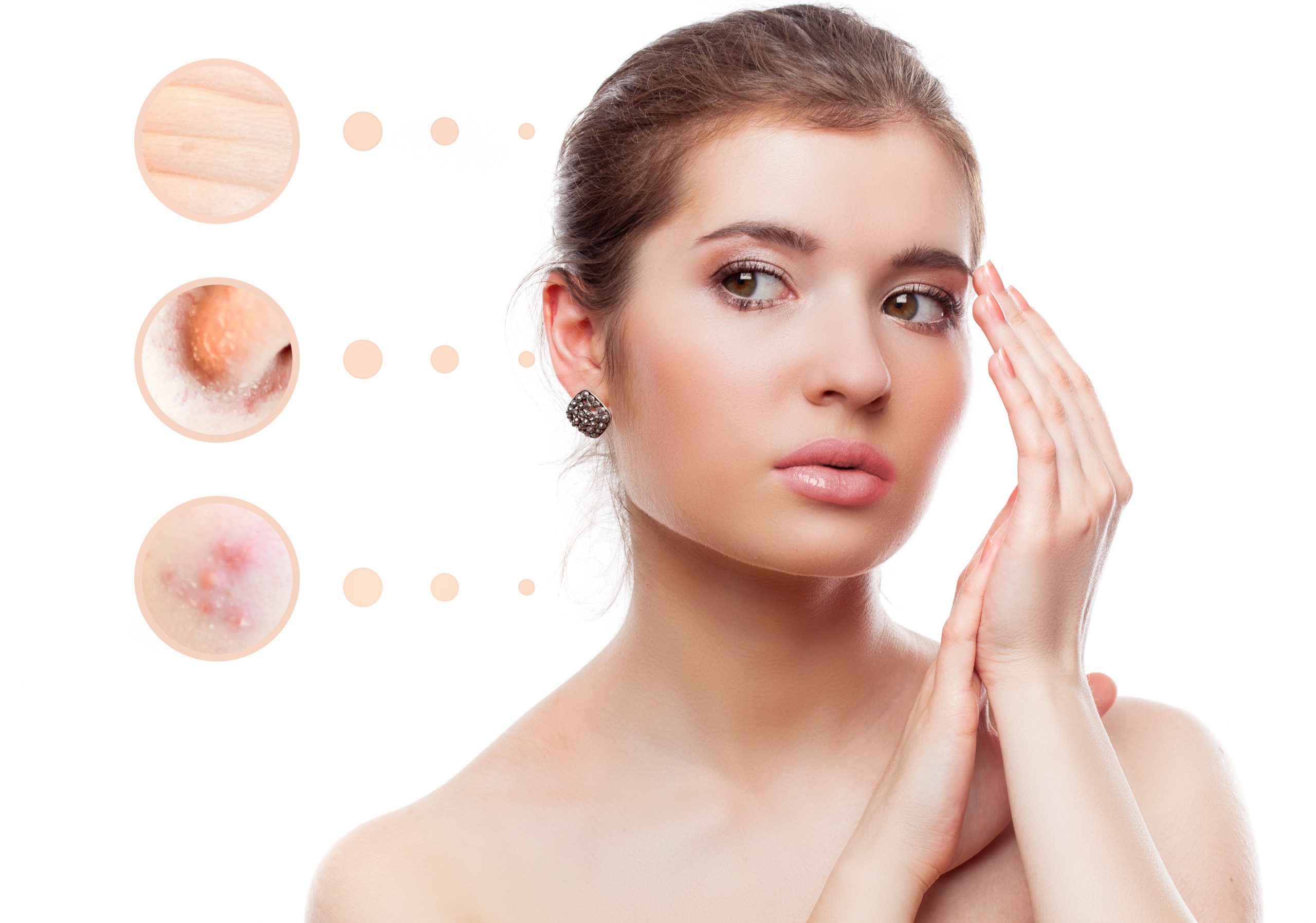Sun Damage
What is sun damage and what causes sun damage?
- Many people love to lounge in Australia’s sunshine. However, Australia is a country where the ozone layer has greatly depleted, increasing the intensity of the sun’s rays and in turn, the risk of sun damage.
- The sun emits ultraviolet radiation (UV). This causes DNA damage and inflammation in the skin. This can put you at risk for wrinkles, sunburn, freckles, keratoses, age spots (solar lentigines), and even skin cancer.

What are the symptoms of sun damage?
- Sunburns affect the outer layer of your skin. Sunburnt skin feels hot to touch, looks red and is usually painful. Often there are distinct lines between burn and protected skin. Peeling occurs whilst the skin heals. In severe sunburn, blisters can occur. If you have dizziness or fever, you should see a doctor. Recurrent sunburns increases the risk of skin cancers, in particular, melanoma.
- Lentigines (liver spots or age spots) are discolored patches of different sizes, usually tan to light brown-coloured. The spots might look like extra-large freckles, which tend to get darker and show up more often with age. They occur most commonly on the back of the hands, arms and face.
- Actinic keratoses (or solar keratoses) appear as raised bumps and rough slightly scaly patches that feel like sandpaper. They usually show up on your face, scalp, ears, neck, arms, and hands and tend to have a pink to red tint. They may itch or be slightly tender. With time, some actinic keratoses can accumulate enough DNA damage to turn into skin cancer.
- Actinic cheilitis is a form of actinic keratosis that can cause scaly spots, dryness and cracking, or swelling on the lower lip. The sharp border-line between your lip and skin may also disappear.
- Wrinkles are also a result of sun damage. UV radiation damages collagen and elastin. This also causes thinning of the skin in the long-term.

How can you avoid sun damage?
- Anyone who spends time outdoors should always wear to use sunscreen and apply it often. It should be used every day all year round, but especially when the SunSmart index is over 3.
- Try to avoid the sun in the middle of the day when the ultraviolet rays are strongest during this time (from about 10 am to 3pm)
- Cover up with protective clothing such as sunglasses, hats, long sleeves when you do go outdoors, especially for long periods in the middle of the day
- Use a sunblock on your lips
How do I properly apply and choose sunscreen?
- There are two types of sunscreen including chemical (organic) and physical (inorganic), and both protect you from sun damage. * Chemical sunscreens need time to be absorbed into the skin to work and tend to be easier to rub in. They should be applied 30 minutes before going outdoors and are good for those who are swimming and need a water-resistant formulation.
- Physical sunblock tends to be less irritating and better for sensitive skin but can be more difficult to blend in.
- Physical sunscreens are harder to rub in, take effect immediately and can be applied right before sun exposure.
- Whichever option you choose, choose the sunscreen with a sun protection factor (SPF) of at least 30 and a water-resistant option is recommended.
- Usually, moisturiser would be applied under the sunscreen, but if you have a thicker moisturiser, it may be easier to apply your sunscreen first, or wait 15 minutes to apply it.
- Use about one teaspoon per limb to cover your entire body and a 20 cent piece for the face. Don’t miss the back of the ears, the neck, the tops of the hands and feet, and the part line of the scalp. To cover an average adult adequately, approximately 30ml (1 shot glass) of sunscreen is needed.
- Sunscreens become ineffective when exposed to sunlight for a long time. It is important to reapply sunscreen every 60 minutes and check the expiration date.
What is the treatment for sun damage?
To get some relief from pain after sunburn:
- Apply wet cloth to your injured skin, take a cool shower, or mist the area with sprays of cool water.
- Apply a bland moisturiser with care.
- If your discomfort lasts more than 48 hours, you have blisters, or you have a large area of skin involved, please see your doctor.
Treatment for sun-damaged skin depends on the type of sun damage that is present. Treatments can include: over-the-counter creams, prescription creams, cryotherapy, chemical peels and laser treatments.
